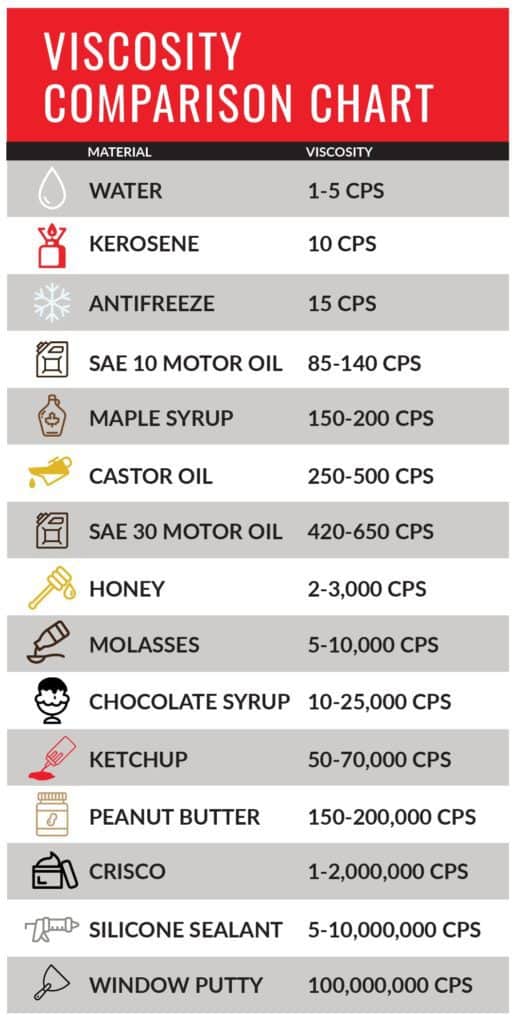


Highly refined mineral oils with few contaminants tend to have higher VIs, all things being equal. Standard ASTM D2270 calculates viscosity index in part by measuring a fluid’s kinematic viscosity at 40° and 100° C.

That, in turn, means consistent, high performance from a machine. The best oils with the highest VIs remain stable and don’t vary much in viscosity over a wide temperature range. Typical mineral-oil fluids used in hydraulics have a viscosity index of around 100, although products range from below 100 to well beyond 200. High-VI fluids, in contrast, are less affected by temperature changes. Thus, a fluid with a low viscosity index will experience a relatively large swing in viscosity as temperatures change. (It also applies to fluids like engine and automatic transmission oils, gear lubricants, and power-steering fluids.) The greater the viscosity index (VI), the smaller the change in fluid viscosity for a given change in temperature, and vice versa. Viscosity index is a dimensionless number that represents how the viscosity of a hydraulic fluid changes with temperature.


 0 kommentar(er)
0 kommentar(er)
